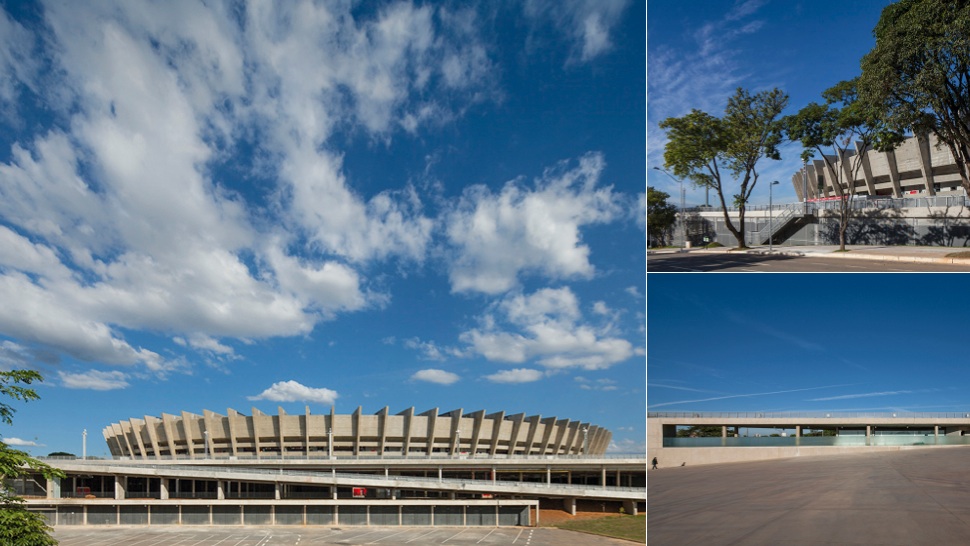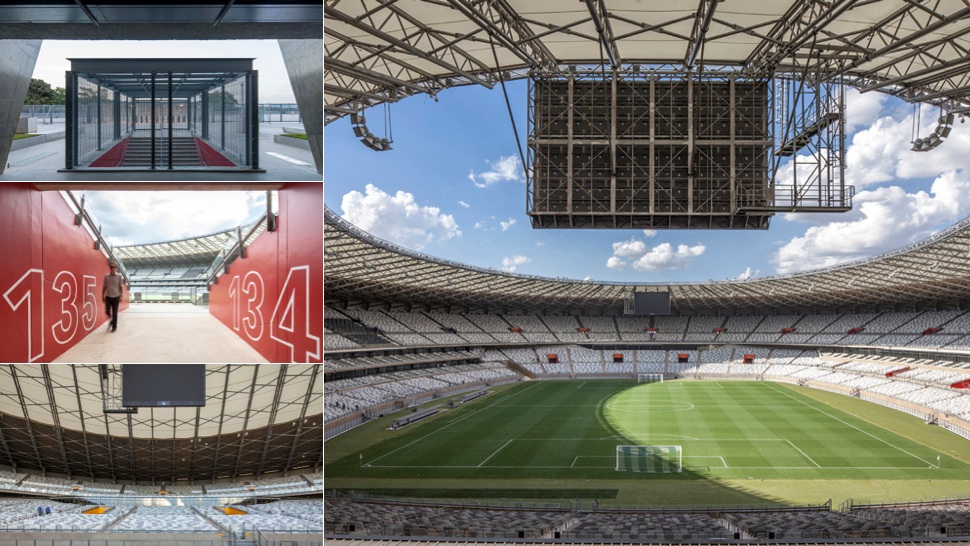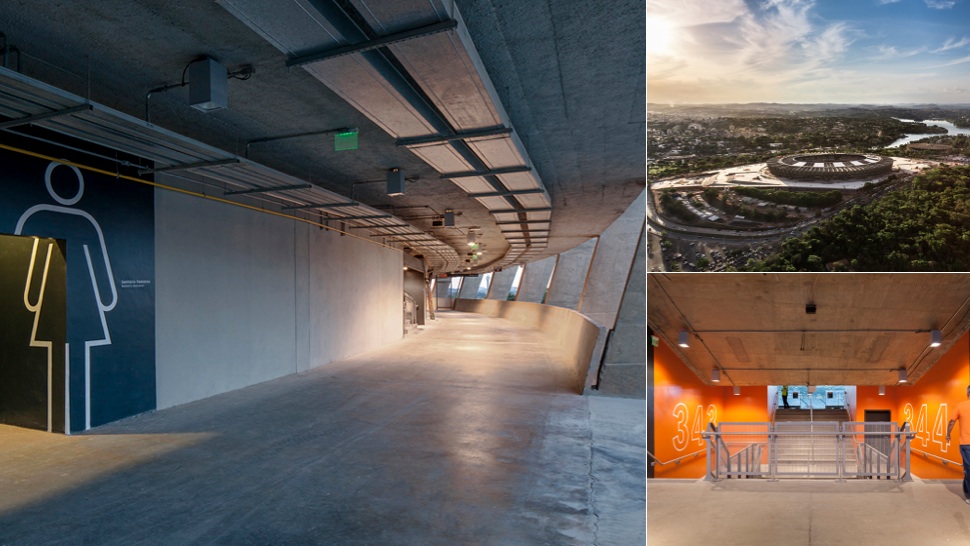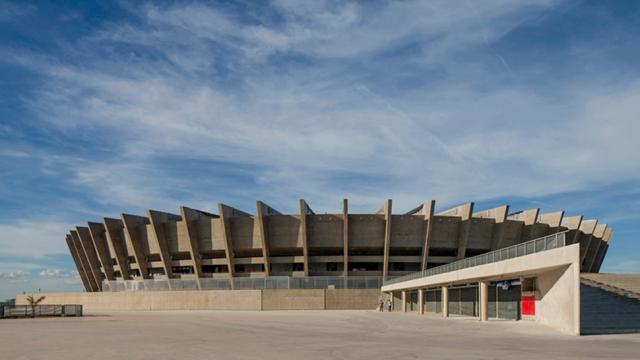When the 2014 FIFA World Cup kicks off in Brazil next year, matches will take place inside of Mineirão Stadium, a 50-year-old venue that was in ruins only a decade ago. But thanks to some careful renovations at the hands of BCMF Arquitetos, it’s new again — and ready for a little soccer action.
The opening of a new stadium is a huge deal in any city. But the sad thing is, it doesn’t take long for stadiums to become outdated. Texas Stadium? Razed in 2010 in favour of Jerryworld. Shea Stadium? Demolished in 2009 to make way for Citi Field. Recently, some critics have questioned whether new stadiums are actually such a great thing for a city’s economy after all. Fortunately, Belo Horizonte, Brazil has not suffered the same fate.
Originally designed in the 1960s by architects Eduardo Mendes Guimarães Júnior and Gaspar Garreto, Mineirão is an impressive public venue — but it needed some work to bring it back up to snuff for 2014. That’s where BCMF Arquitetos came in.
The building retained much of its original form — the beautiful oval shell, supported by 88 ribs stretching up to the sky, didn’t go anywhere. But the rest of the venue was stripped down, in order to make a few important fixes. You see, the building had sunk by about 11 inches, so the architects had to bring it back up to its original level using hydraulic jacks and steel cables.
Then they added a new, cantilevered roof for shade and lowered the pitch. Lowering the pitch ensures a better view for audience members, no matter if they’re in the nosebleeds or in the front row. Capacity was also increased to 62,000 seats. Mineirão’s infrastructure and services were also upgraded and, since it is a stadium, the designers added some new shops. Finally, the designers made some aesthetic improvements to the surrounding landscapes, adding plazas and plant life that clearly define the programs of various areas.
Thanks to this gut renovation, Mineirão might be one of the most sustainable sporting venues around. It’s the first stadium in the world to be completely powered by solar energy, and it will cut down on its water consumption using rainwater harvesting. All in all, it’s a brilliant model for how other cities can deal with the financial burdens of hosting the World Cup or the Olympics — not by building new stadiums, but by renovating the old.
The whole project is ready just in time for the World Cup, which begins next June. It’s easy to forget that such a stunning place is going to house thousands and thousands of rabid soccer fans in a little less than a year. [Dezeen]



